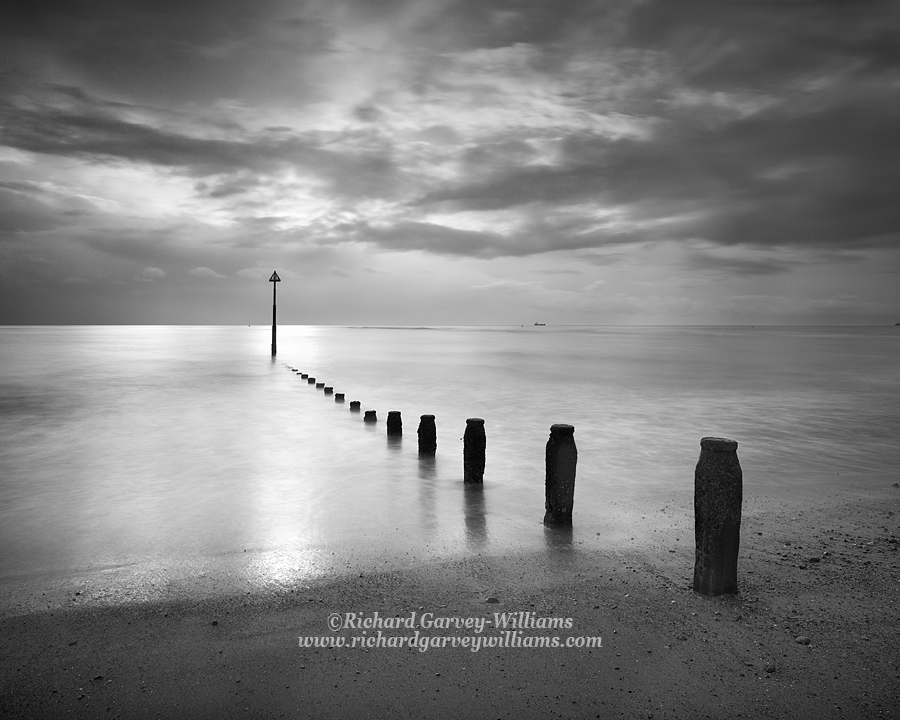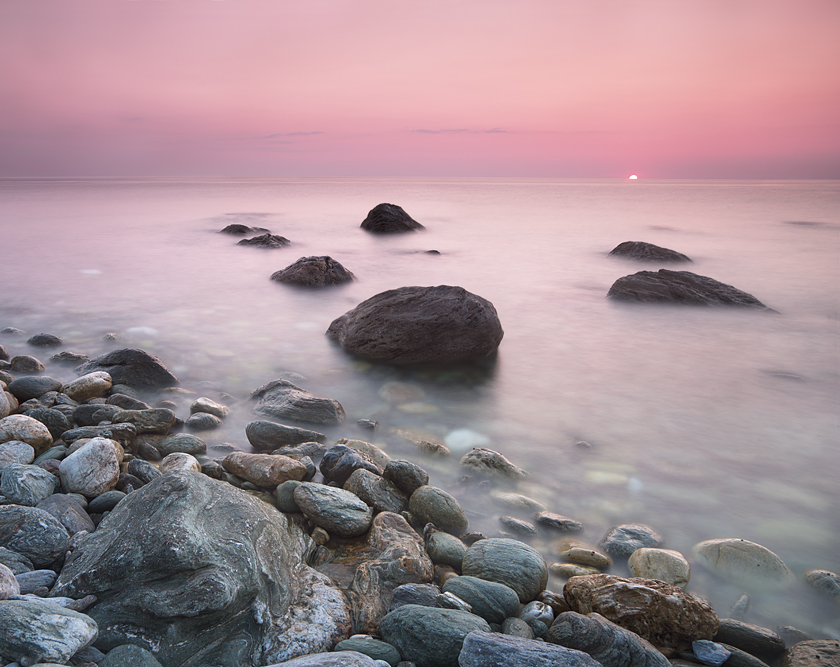Tutorials
Neutral Density Filters & Their Use
For example, ND filters are regularly used by landscape and architectural photographers to:
- Blur moving clouds into appealing streaks and lines that support compositions or convey a sense of movement and energy.
- Blur moving water to create streaks and lines that direct the eye or suggest motion.
- Blur out moving masses, such as water, completely to create a blank canvas of more uniform tone or colour on which other elements can stand out boldly. This is an effective strategy in many a minimalistic seascape where the shapes and arrangements of rock formations, piers and so on can really be enjoyed. The apparent stillness also often conveys a mood of peace and tranquility.
- Convey the fact that a location was windy – may help the blurring of swaying crops or foliage, for example.
- In busy street or urban environments a long enough exposure can on occasion render the people or cars moving around in the scene invisible or as ghost-like streaks, allowing the focus to fall on the static parts of the scene.
- An ND filter may also facilitate the use of intentional camera movement when this is used for artistic effect or to create a sense of movement.

ND filters aim to absorb all colours in equal amounts and thus not produce a colour cast in the resulting images. They come in a range of densities. A density of 0.1 represents a reduction in light of 1/3 of a stop. So, a 0.3 filter is equivalent to a 1 stop reduction. They may also be described according to their filtration factor – in this case it would be a 2x filter. Other standard ones are 2 stop (0.6 or 4x), 3 stop (0.9 or 8x). You simply use one that will enable a long enough exposure for the degree of effect you want. There are also more extreme versions such as 9- or 10-stoppers. A 10-stopper will increase the exposure time by a factor of 1000, for example, as each stop involves a doubling of the exposure time. Thus, if without the filter your camera suggests an exposure of 1/30th of a second, adding the filter would provide an exposure of 33 seconds. So, even in relatively bright daylight, these filters can be used to create long enough exposures to blur gently moving elements.
Live View mode may be sensitive enough to enable you to compose your shot with one of these filters in place, but generally you will compose and focus your shot and apply any other filters also to be used before inserting the filter.
Light leakage is one potential problem with using very long exposures. To minimize the risk try to place the filter in a slot as close to the lens as possible and cover the camera’s eye-piece.
